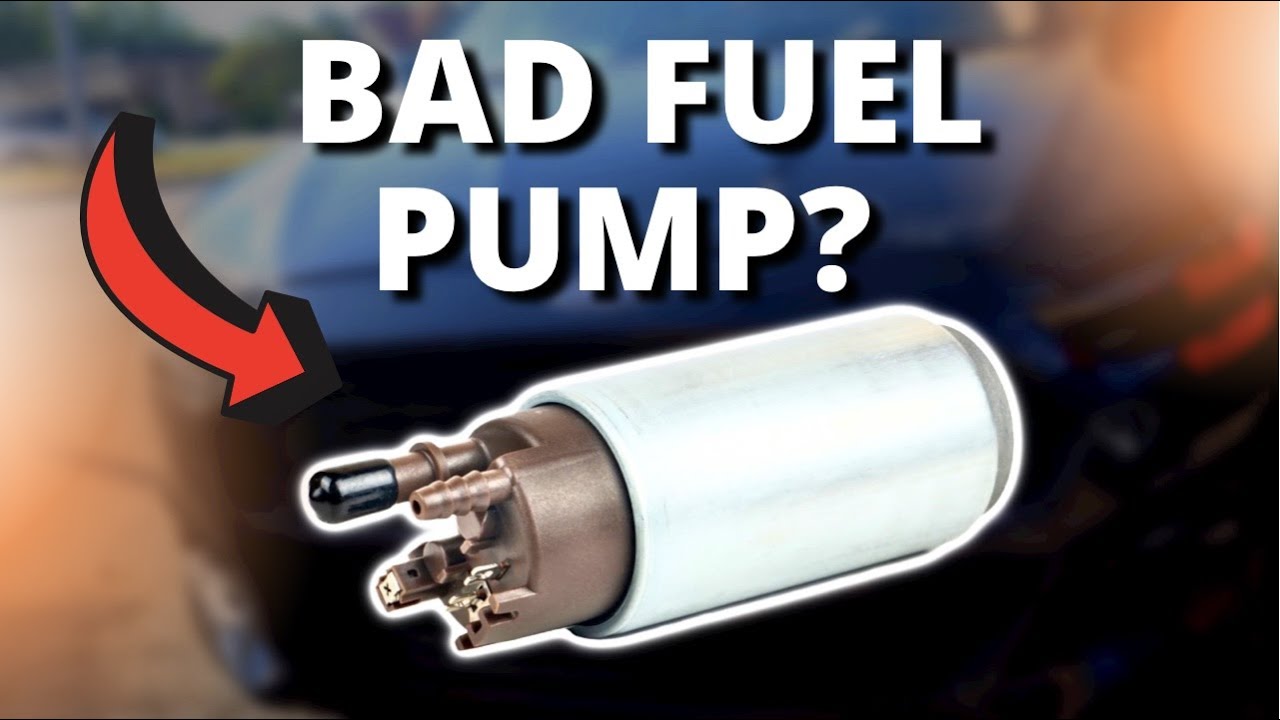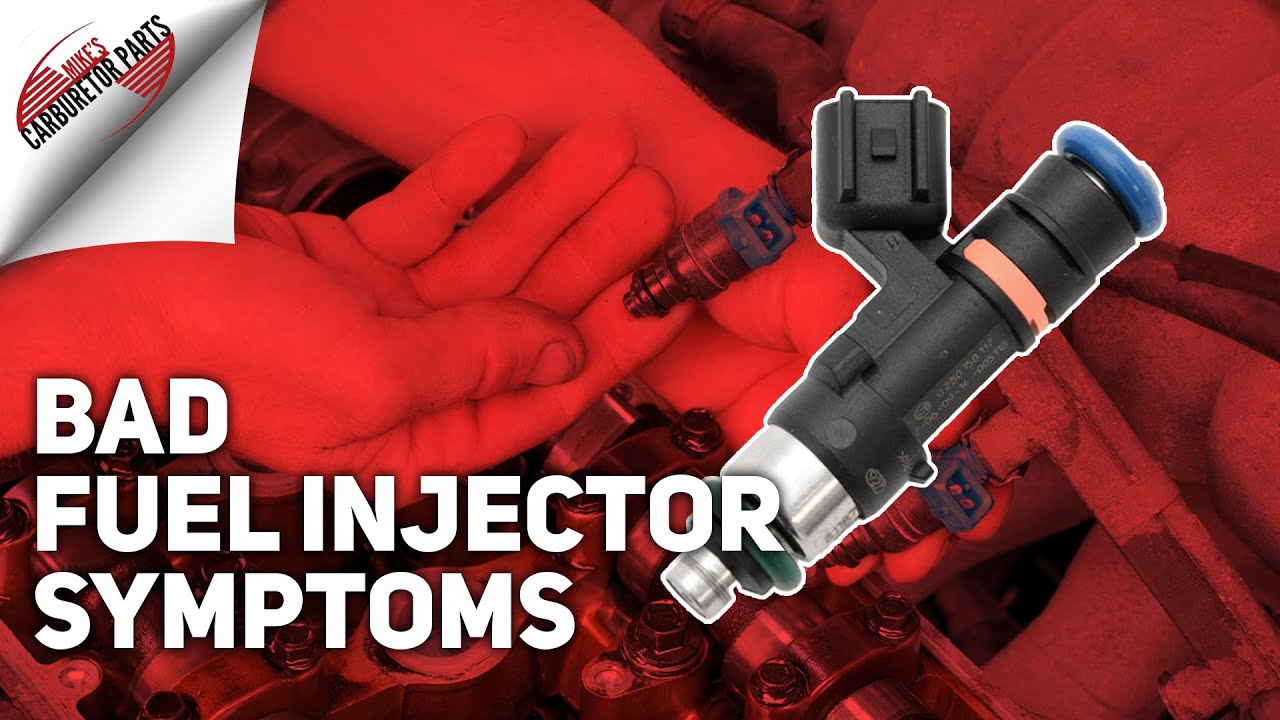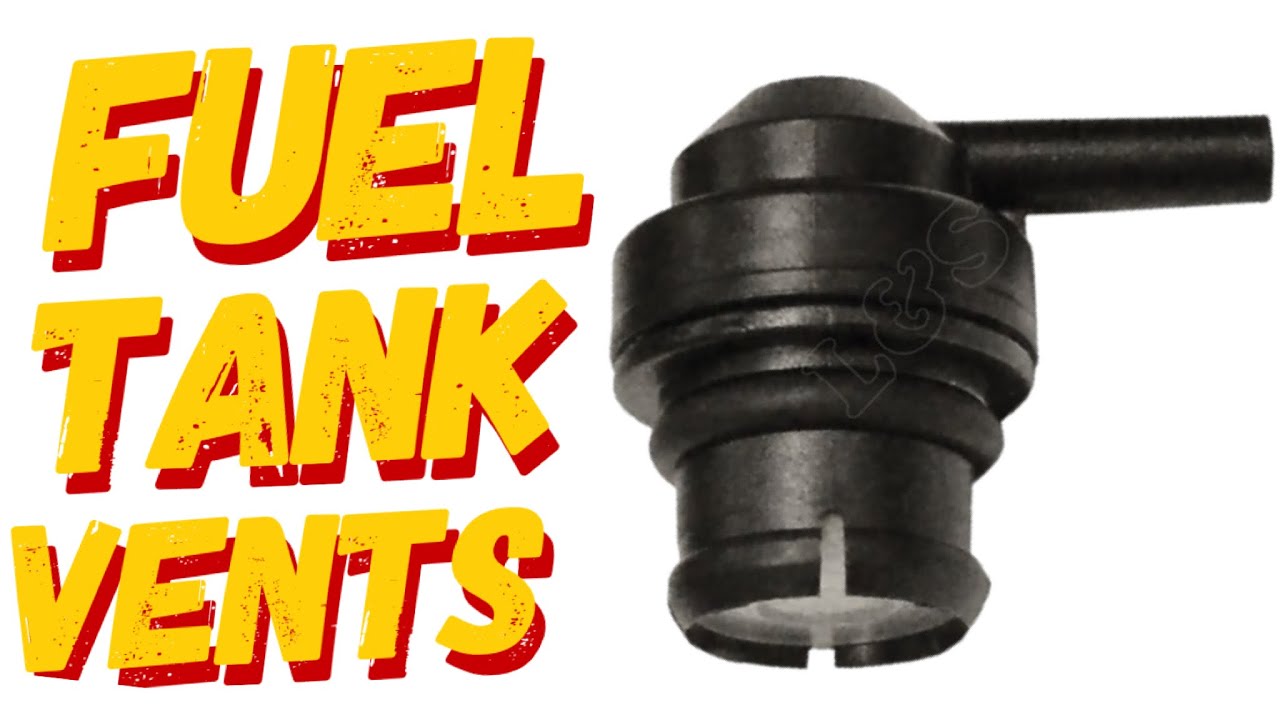The auto-mechanic community is in agreement that gasoline and air are necessary for an engine to function. This can be accomplished in one of two ways: either by fuel injection or by means of the carburetor.
The article’s central argument is carburetor versus. fuel injection follows this. While carburetors were ubiquitous in vehicles during the 1900s, fuel injection became a dominant force around the new millennium.
Carburetor
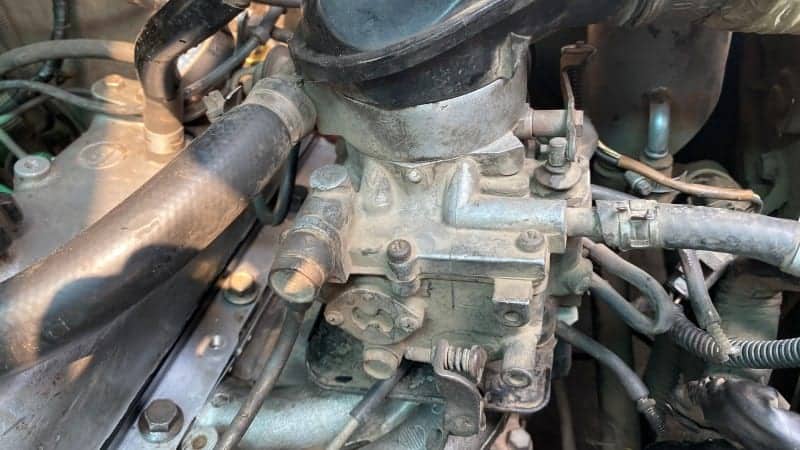
The carburetor’s practicality is one of its remarkable features. It is similar to a tube in that it carries air and fuel to the engine. The venturi is a crucial component of the carburetor’s tube architecture.
This system is based on and maintains Bernoulli’s principle. Liquids can be more easily drawn to the chamber when the air velocity is high since it produces a low pressure. In this case, fuel is the fluid. A fuel jet, located close to the venturi, allows fuel to be introduced while the pressure is low.
The challenge is in keeping an eye on the gas, albeit the idea itself is brilliant. The limit may vary because it is largely an approximation of fuel intake for the air-fuel mixture. Sometimes the variation is high, which means the carburetor system is inefficient because it takes in a lot of fuel.
Fuel Injection
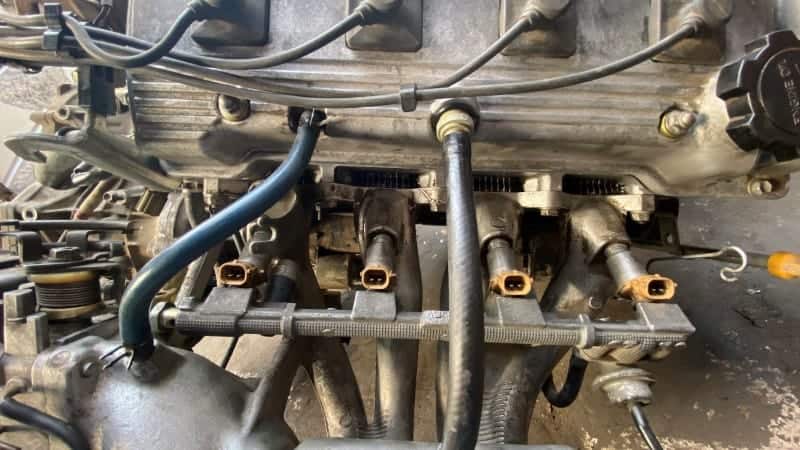
Injecting high-pressure fuel through a jet atomizer is how fuel injection works. The electrical control unit of the engine plays a role in controlling the fuel supply, which helps to maintain an equal ratio of air to fuel.
Fuel injection systems can come in a variety of forms. Air and fuel are mixed outside the combustion chamber in an external injection system before being sucked into the engine. This is one type of injection system that you might come across. Conversely, fuel and air are mixed in the combustion chamber of an internal injection system. This means the engine is sucking in pure air.
The simplest version of this system is the single-point injection system. It has a gasoline supply nozzle or nozzles. With a port or multipoint injection system, each of the available cylinders has its own injector nozzle. Fuel is sprayed sequentially by means of a number of nozzles in the sequential injection system.
Carburetor vs. Fuel Injection: Performance
Fuel injection vs. carburetor When deciding on a technology, it is essential to consider the vehicle’s performance. Looking at the air-fuel mixture is essential if you are concerned with the vehicle’s performance. While fuel injection atomizes the gasoline, the carburetor uses suction to combine the two.
Carburetor mistakes are possible because gasoline is supplied approximately, relying on Bernoulli’s principle. Because of things like an imbalanced air-fuel combination, the car’s performance can be negatively impacted by the allowable mistake. The car’s performance could suffer as a result of this.
If you want your car to perform at its peak, you need the fuel injector system. Depending on the incoming air, it precisely supplies fuel. To keep the engine running smoothly, the engine control unit coordinates with the car’s sensors to regulate the fuel intake to the engine. This method produces a balanced blend that greatly improves the performance of the car.
Carburetor systems are superior to fuel injection systems when it comes to racing. Due to its adaptability, low maintenance requirements, and long lifespan, the carb is the preferred choice among auto-sporting enthusiasts.
Fuel Injection vs. Carburetor: Fuel Economy
Fuel economy is another critical factor to consider when deciding between carburetors and fuel injection. When comparing them, fuel efficiency should be your first priority. As a result of its poor fuel economy, the carb may end up using more gas than necessary.
An inaccuracy in combining fuel and air causes increased consumption. An overabundance of gasoline could result from the margin of error. Inaccuracies in the fuel-to-air ratio can cause a cascade of problems, such as unclean gas in the tank.
Fuel Injection vs. Carburetor: Engines Effects on the Environment
The fuel injection technology outperforms the carburetor in several respects, including its effect on the environment. Because of the carburetor’s negative impact on the environment, fuel injection has become the standard.
Because the carburetor is inaccurate, the air-fuel mixture could cause the engine to burn incorrectly. Excess exhaust fumes are produced, which pose a threat to the environment.
The correct combustion of fuel and air is ensured by fuel injection. One reason many automobiles shifted to fuel injection was because of how great it is for the environment compared to other systems.
Conclusion
In terms of design and operation, fuel injection and carburetor systems couldn’t be more different. We examine both carburetors and fuel injection systems to ensure a thorough understanding of the topic at hand. It is clear that fuel injection offers several advantages over carburetors, namely in the areas of emission control and fuel economy.
Motorbikes and lawnmowers, which have smaller engines, often use it despite the problems it has. The carburetor is also commonly found in classic cars and vehicles used in racing.



